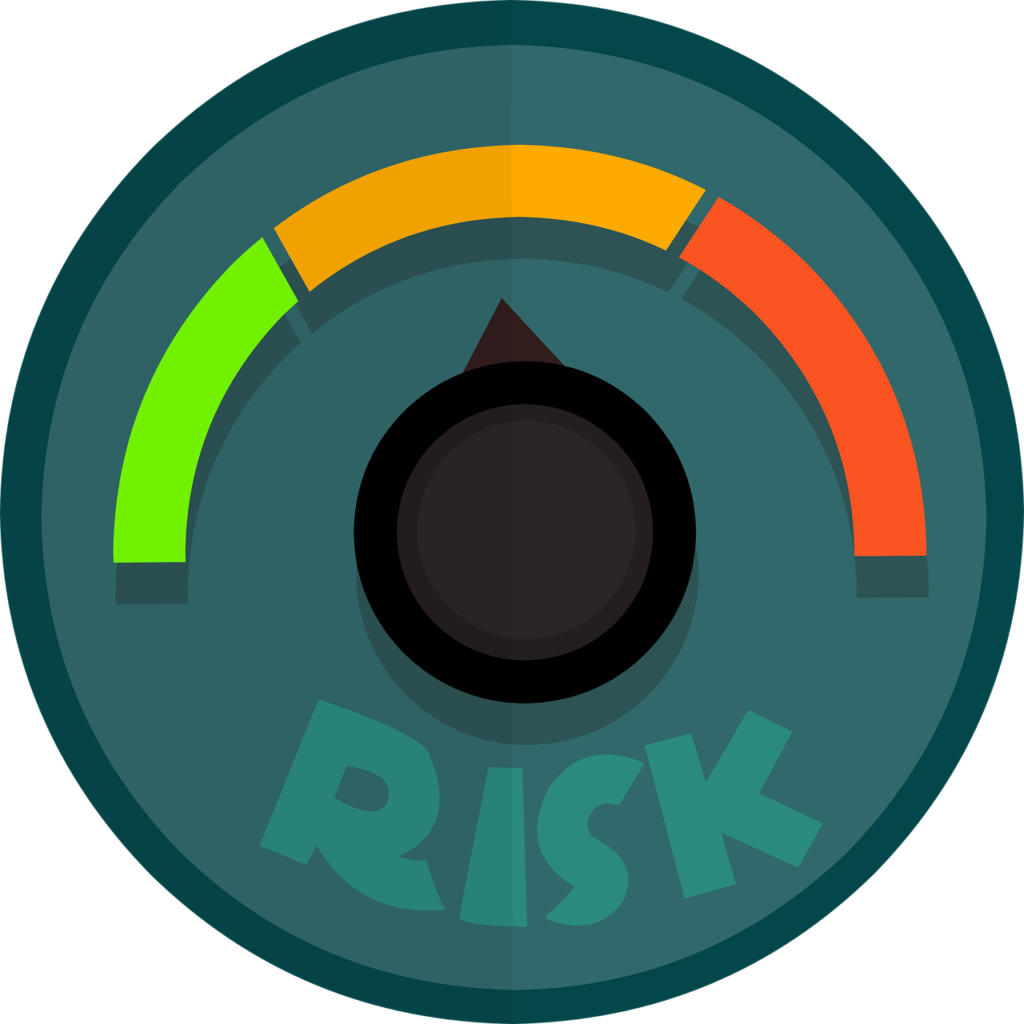IT risk management is defined as the procedures an organization puts in place to protect data from potential risks and threats, plus creating policies to reduce such threats to sensitive information and data. Potential risks to healthcare data include security breaches, cyber-attacks, systems failures, and/or loss of data—all of which could have drastic effects on the safety and security of very sensitive patient data.
Table of Contents
How Should Healthcare Organizations Conduct IT Risk Management?
There are generally three steps to consider in the process of analyzing risk management that companies will go through to fully assess potential risks. The steps include the initial risk assessment and analysis, risk evaluation, and lastly the risk response.
Healthcare data capture carries a long list of potential risks, as previously listed. As data capture becomes more technology-centric, there are fewer people involved however, the risk of human error still remains. So, let’s start at the initial stage—risk assessment and analysis.

Risk Assessment and Analysis
A data capture company will first look at their systems and procedures, and acknowledge any points in which risk may increase. Some of these spots within workflows include the initial filling out of forms by a provider. Humans make mistakes, and a mistake on a form can lead to an increased risk further in the process.
Another place where risk is higher in data capture is during image and data scanning. Optical character recognition will work to pull data as accurately as possible, but system issues or a misreading of handwritten materials can lead to errors during this stage. Since human error is always a risk, any point in which a physical document is passed through someone’s hands may substantially increase risk.
Risk Evaluation
Once these points of the workflow are discovered and noted, the risk evaluation begins. The type of risk involved within data capture can often lead to drastic repercussions if incorrect information is put into a system and never caught by either the system itself or the quality control stage of the workflow.
In healthcare, even the smallest detail can be an issue, such as a right vs left discrepancy or artificial intelligence counting the name ‘Jennifer’ and the name ‘Jenny’ as two different people, despite being the same. This is why these risks must be evaluated and laid out in detail on how to mitigate should they happen. The evaluation of these risks to sensitive data will help to improve security measures and technology systems used within the organization.
Risk Treatment and Response
Once the risks are identified and evaluated, a treatment plan is put into place. The treatment plan, or response, is intended to resolve and handle the found risks in a way that avoids them in future interactions.
An example of a risk response would be increasing security protocols, improving machine learning systems to read more intricate details, and boosting quality control steps. The response must be laid out in detail and followed by all appropriate parties or systems involved. Risk management doesn’t mean steps are taken, the response gets put in place, and the risk is never assessed again. A good data capture provider will continually take part in IT risk management to always ensure systems in place are protecting crucial information. As system updates occur and new employees come in, consistent risk management is the key to keeping data protected and safe.
What Other Ways Can Data Capture Companies Help Decrease Risk?
Technology aside, a few ways to keep data secure within a healthcare data capture facility includes high security for individuals. Anyone entering the facilities should have an authorized keycard or passcode. Anyone outside of the organization (vendors, guests, etc.) must be checked in, documented, and escorted at all times.
Only authorized access should be granted to appropriate employees, who despite being within the same company, will be restricted from systems that are not required for their job. There should also be a multi-factor authentication system, where each employee must have a secure, unique password for each system they enter backed by additional validation. Lastly, all users must log-out or lock their computers if they step away. This ensures only authorized users are using their own systems and viewing the proper sensitive information.
How Smart Data Solutions Handles Quality Control to Manage Risk.
Quality control is less avoiding risk, but catching errors and avoiding issues as far up the workflow so they never reach providers and payers. Our quality control process includes various stages to ensure nothing is missed. We first analyze all potential points of risk in the workflow and establish queues for our analysts to review and treat any issues at that point. They can then edit or repair the document, and send it back into the workflow, avoiding any issues past that point.
Risk management should be continuous, and depending on the level of risk involved, it can be done quarterly or annually to make sure workflows continue to be successful. The last thing you want to happen is for incorrect data in a claim, for example, to reach all the way to the payer without having done a risk assessment. All of a sudden, an incorrect bill could be in the hands of the provider or payer which can lead to billing issues or rejected claims. By including them within the risk assessment, data capture companies can implement all steps leading up to that point to require quality control and risk avoidance to keep that from happening.
With Smart Data Solutions, you can be confident knowing we’ve done our due diligence and implemented rigorous risk management tools to keep your data safe and secure. To work with a data capture company that puts your concerns first, contact us to get started, today.
